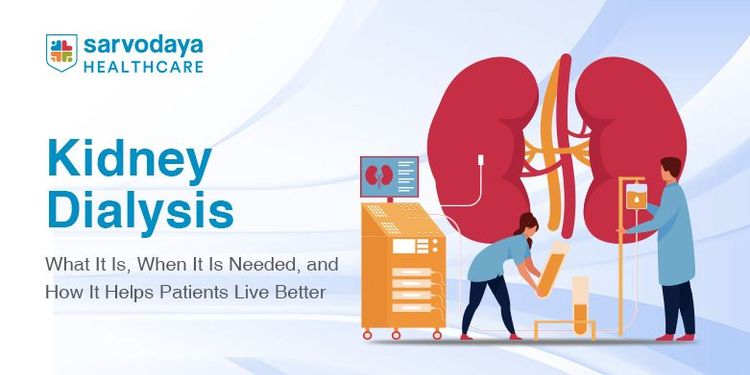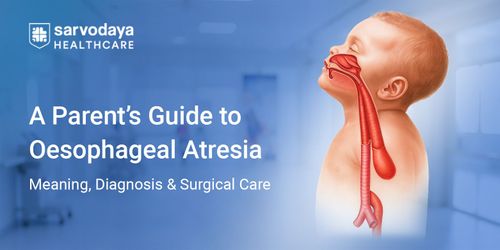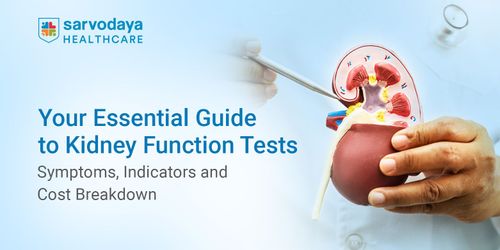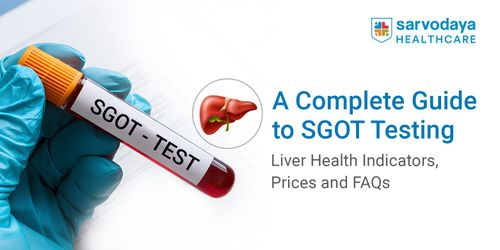Kidneys play a vital role in keeping our bodies healthy by filtering waste, balancing fluids, and maintaining essential minerals. When they stop working properly, harmful toxins build up in the blood, which can lead to severe health complications. In such situations, kidney dialysis becomes a life-saving option for patients whose kidneys are unable to function on their own.
In this blog, we explore what dialysis is for the kidneys, the reasons why it is needed, the detailed procedure of dialysis, the types of dialysis available, and how lifestyle changes can support patients undergoing treatment.
Understanding Kidney Dialysis
To put it simply, dialysis for the kidneys refers to an artificial method of removing waste, toxins, and excess fluid from the blood when the kidneys can no longer perform this crucial task. It helps restore balance in the body by regulating electrolytes and blood pressure while ensuring that harmful substances do not accumulate in the bloodstream.
Some of the key functions of kidney dialysis include:
- Removing excess water, salt, and waste products from the blood.
- Helping maintain safe levels of potassium, sodium, and bicarbonate.
- Preventing waste build-up that could otherwise damage other organs.
When Dialysis Is Required
Kidney dialysis is usually recommended when the kidneys lose around 85 to 90 percent of their function or when symptoms of severe kidney failure become evident. At this stage, the kidneys are unable to filter toxins and excess fluids effectively, and medical support becomes necessary.
You may need to start dialysis if you experience any of the following:
- Persistent fatigue and weakness due to toxin build-up.
- Swelling in the feet, ankles, or hands because of fluid retention.
- Difficulty breathing or shortness of breath.
- Nausea, vomiting, or loss of appetite.
- Difficulty concentrating or confusion.
Doctors also rely on test results, particularly creatinine and glomerular filtration rate (GFR) levels, to decide when dialysis is required. A common question patients ask is, ‘What is the highest creatinine level before dialysis?’. Generally, a creatinine level above 5.0 mg/dL in adults is considered alarming, but dialysis is usually started when symptoms become severe or GFR drops below 15. This decision is always made by a nephrologist after careful evaluation.
Types of Dialysis
There are mainly two recognised types of dialysis that patients may undergo, depending on their health condition, lifestyle, and the recommendation of their nephrologist. Both methods aim to purify the blood but work in different ways.
Here are the main types explained:
- The most common form of dialysis.
- Blood is removed from the body, filtered through a dialyser machine, and returned once cleansed.
- Typically requires visiting a dialysis hospital near me three times a week.
- Each session lasts between three and five hours.
- Advantages: Effective cleaning of blood, supervised by medical staff.
- Limitations: Time-consuming, may cause fatigue after sessions, requires access to a clinical facility.
Peritoneal Dialysis
- Makes use of the peritoneum (lining of the abdomen) as a natural filter.
- A sterile fluid is infused into the abdomen, which absorbs toxins and excess fluids before being drained.
- It can often be performed at home, giving patients more independence.
- Advantages: Greater flexibility, easier for patients who wish to continue working or travelling.
- Limitations: Risk of infection, requires strict hygiene and responsibility from the patient.
Continuous Renal Replacement Therapy (CRRT)
- Used in critically ill patients, usually in intensive care units.
- Provides continuous, slow filtration of blood to avoid sudden changes in fluid levels.
- Best suited for unstable patients where traditional dialysis is not possible.
Life on Dialysis: Lifestyle and Diet
Adjusting to dialysis requires certain lifestyle changes to ensure the treatment is as effective as possible and to maintain overall health. Alongside regular medical care, adopting a proper dialysis patient’s diet and following healthy habits can significantly improve quality of life.
Key lifestyle and dietary considerations for dialysis patients include:
- Limit potassium-rich foods such as bananas, oranges, and potatoes.
- Control fluid intake to prevent swelling and high blood pressure.
- Reduce salt and processed foods.
- Eat high-quality protein sources such as fish, eggs, or lean meat to maintain strength.
Exercise and Physical Activity
- Light exercise, such as walking or stretching, can improve circulation and energy levels.
- Patients should consult their doctor before beginning any exercise routine.
Emotional and Mental Health
- Coping with regular dialysis can be emotionally draining. Support groups and counselling may help patients adapt better.
- Maintaining social connections and hobbies also reduces stress.
Read More- The Aftermath Of Kidney Diseases Health Problems You May Face
Finding the Right Dialysis Centre
Choosing the right facility for dialysis is one of the most important steps in ensuring patient safety and comfort. Since dialysis is a long-term treatment for many people, the quality of care, equipment, and medical expertise make a significant difference.
Here are some key factors to look for in a dialysis centre near me:
- Availability of advanced dialysis machines and technology.
- Presence of experienced nephrologists and trained nursing staff.
- Emergency support in case of complications.
- Hygiene standards and infection control protocols.
- Personalised patient care and diet counselling.
Opting for a specialised kidney dialysis centre in Faridabad, Delhi NCR, ensures patients get comprehensive support, regular monitoring, and access to expert care. A trusted centre also provides education for families, helping them manage the patient’s needs effectively at home.
Conclusion
Kidney dialysis is a life-saving treatment that allows patients with advanced kidney disease to live longer and healthier lives. Patients who follow the recommended dialysis patient’s diet, adopt healthy lifestyle habits, and seek timely medical guidance can continue to live fulfilling lives despite the challenges of chronic kidney disease.
At Sarvodaya Hospital, Faridabad, patients benefit from advanced technology, expert nephrologists, and compassionate care tailored to individual needs. The hospital is recognised as a leading kidney dialysis centre in Faridabad, Delhi NCR, offering both haemodialysis and peritoneal dialysis under the highest standards of safety and hygiene. Preventive consultations are also encouraged at Sarvodaya Hospital, helping patients identify kidney issues early and take corrective steps before complications worsen.
Book an appointment now to get the right medical support, personalised care, and strong family involvement so dialysis patients can manage the condition successfully.If you’re looking for the best nephrology Hospital in Faridabad, Delhi NCR, Sarvodaya Hospital offers world-class care with some of the most experienced best Kidney Specialist in Delhi NCR.
Our Specialist here also:



















